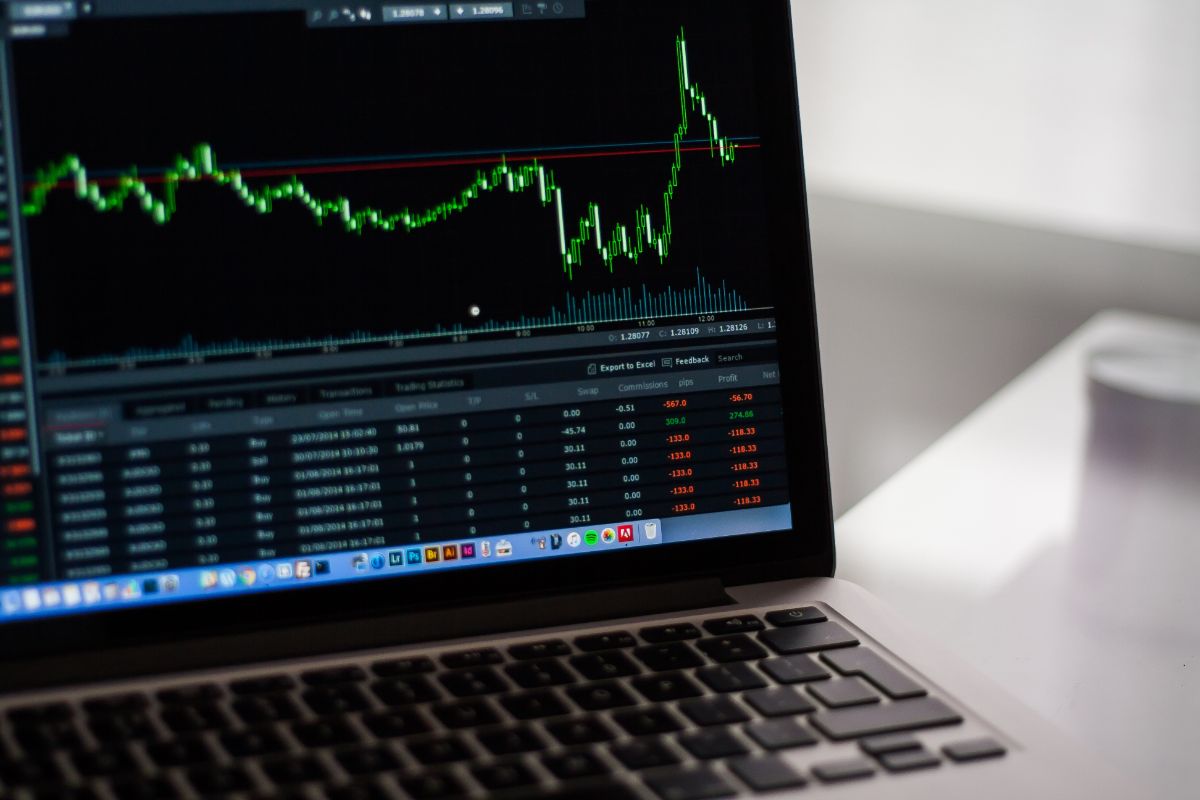If you are interested in the stock market, then chances are you have heard the term high volume.
When it comes to buying stocks, there are various terms that can be thrown around, which can make the overall process confusing for novice investors.

However, we are here to help, as we have compiled some important information concerning high volume and its importance to stock traders and the investment world.
So if you want to know what high volume means, then you have come to the right place, as this article has the information you need…
What Does High Volume Mean In Stocks?
Volume is a term used to describe how much a financial asset has been traded in a period of time. In stocks, volume is measured by the number of shares that have been traded.
While in futures and options, volume is determined by the number of contracts that have changed hands.
In most cases, traders and investors will use volume to determine liquidity. While also using fluctuations in volume in conjunction with technical indicators to present successful business moves.
Volume patterns can even be used to understand the power of conviction behind advances and declines, with options traders adopting the measurement as an indicator of the asset’s current interest.
Because of this, volume is used as an important technical indicator, as stocks with a higher volume have more investors associated with them.
How Does Volume Impact Stocks?
If high volume stock begins to rise, it means that there are more investors interested in the funds, with the demand elevating the stock to more serious prices.
On the other hand, high volume stock that begins to fall means that more investors are starting to sell their shares. In most cases, the best timeframe to use when determining the volume is the daily volume, which records the average number of shares traded in a certain period.
Volume is the number of shares traded over a certain period of time, which means volume is often quoted for one trading day (see also ‘Is Day Trading Good For Beginners?‘).
High vs Low Volume
When it comes to evaluating a certain stock, investors will need to consider the volume to determine how hard it will be to sell their shares:
Low Volume Stock
Stocks with low volumes tend to be harder to sell, as there is little interest associated with the assets. It is also important to remember that low-volume stocks are more volatile, which means there is a noticeable difference between the product’s ask and bid price.
High Volume Stock
In most cases, stocks with a high volume and a rising price are easier to sell, as investors will be willing to spend more cash.
If you encounter stocks with notably high volumes, then this could mean that something has changed that requires the investor’s notice.
In these situations, this could mean that something bad has happened.

However, it is also important to note that the rise and fall of stock prices can go unexplained, which shows how unpredictable the stock market can be.
When a stock price begins to fall, some contrarian investors may choose to buy their shares, even though this method can be risky. While these moves can pay off, the final result will often depend on the condition of the company.
What Does High Volume Mean In Trading?
In trades, volume can be used as an indicator of market strength. In the section below, we have outlined how traders can use stock volume:
1. Strong Portfolio
When stock volume begins to rise, it demonstrates the market’s interest, which can be used to determine the product’s strength.
In most cases, high volumes can be used to indicate the conviction of the traders, while also evaluating the condition of the market.
However, this does not mean that volume can be used to reveal the reason for the trend, which means the investors will need to do additional research to uncover the volume’s source.
Investors can also use the volume to assess whether the stock is suitable for their portfolio, as certain stocks are more desirable than others.
In most instances, investors will want to purchase stocks with increasing volumes and interest as opposed to those with declining numbers and fewer traders.
2. Exhausted Market
Traders also use volume to determine whether the market is exhausted with the direction of a certain stock.
When stocks demonstrate a drastic change in price and a sharp increase in volume, it could mean that the trend is coming to a close. In these situations, investors will sometimes spend large amounts of money, which explains the sudden increase in volume.
However, this can also exhaust the market, as all investors have bought their shares and caused the interest to stagnate.
On the other hand, some investors may be forced out by the declining price, which can result in increased volumes and substantial volatility. The volume will then decrease after the spike has ended, even though this can also change.
3. Bullish Indicator
If the volume increases while the stock price declines, this could be used as a bullish indicator to determine the condition of the product.
Final Thoughts
Volume is used to measure the number of investors attached to a certain stock, which can be used to determine whether the price will increase or decrease.
However, this does not mean that volume can be used to determine future reversals, even though it does offer traders a better understanding of the market and how it could change due to recent trends and stock prices.
As we mentioned earlier, investors will find it easier to sell their stock when it has a high volume and increasing stock price, as this demonstrates the market’s general interest in the product.
If the stock comes with limited interest and a low volume, it will be harder to sell, as this could indicate a company that is in distress.
High volumes can be used as technical and bullish indicators, as they offer insight into the conviction of a certain stock.
That is why I made my site - Stock Maven. Now that I feel settled and confident about trading, I want to be a source of help to anyone else who might be struggling to break into the crypto market successfully.
My website is full of my tips and tricks, as well as information that I have always found interesting about crypto. My friends and family are sick of hearing me talk about it, so now it’s your turn!
I hope that you stick around and find something useful on my site. Remember, to make it big in crypto, you’ve got to be confident! Go for it and don’t look back.
- Dividend Growth Investing for Millennials - February 27, 2025
- The Ultimate Guide to Investing in Precious Metals Today - December 6, 2024
- Essential Cryptocurrency Trends: What You Need to Know - December 6, 2024

